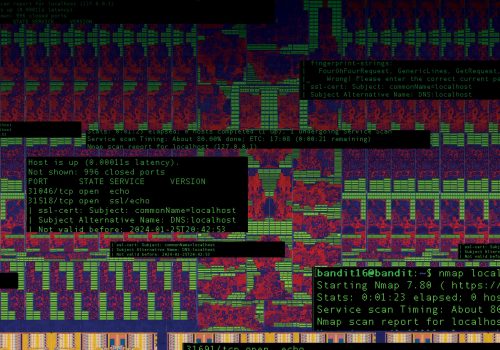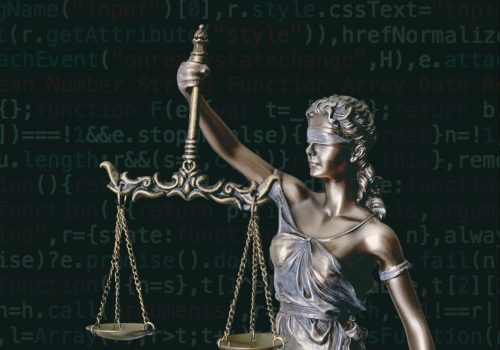Content
Wed, Jul 16, 2025
Digital occupation: Pro-Russian bot networks target Ukraine’s occupied territories on Telegram
New analysis of 3,634 automated accounts spreading pro-Russian propaganda on Telegram channels used by Ukrainian populations in occupied territories shows Russia's attempts to extend its occupation into digital spaces.
by Yuliia Dukach, Iryna Adam, and Meredith Furbish
Wed, Sep 4, 2024
Mythical Beasts and Where to Find Them: Mapping the Global Spyware Market and its Threats to National Security and Human Rights
The Mythical Beasts project pulls back the curtain on the connections between 435 entities across forty-two countries in the global spyware market.
by Jen Roberts, Trey Herr, Nitansha Bansal, and Nancy Messieh, with Emma Taylor, Jean Le Roux, and Sopo Gelava
Wed, Sep 4, 2024
Mythical Beasts and Where to Find Them
Mythical Beasts and Where to Find Them: Mapping the Global Spyware Market and its Threats to National Security and Human Rights is concerned with the commercial market for spyware and provides data on market participants.
by Jen Roberts, Trey Herr, Nitansha Bansal, and Nancy Messieh, with Emma Taylor, Jean Le Roux, and Sopo Gelava
Mon, Jun 24, 2024
User in the Middle: An Interoperability and Security Guide for Policymakers
When technologies work together, it benefits users and the digital ecosystem. Policymakers can advance interoperability and security in tandem by understanding how each impacts the other.
Wed, Jun 12, 2024
“Reasonable” Cybersecurity in Forty-Seven Cases: The Federal Trade Commission’s Enforcement Actions Against Unfair and Deceptive Cyber Practices
The FTC has brought 47 cases against companies for unfair or deceptive cybersecurity practices. What can we learn from them?
Mon, Jun 10, 2024
Another battlefield: Telegram as a digital front in Russia’s war against Ukraine
In this new report, the DFRLab investigates the role of Telegram in Russia since the February 2022 invasion of Ukraine
Mon, Apr 22, 2024
Markets Matter: A Glance into the Spyware Industry
The Intellexa Consortium is a complex web of holding companies and vendors for spyware and related services. The Consortium represents a compelling example of spyware vendors in the context of the market in which they operate—one which helps facilitate the commercial sale of software driving both human rights and national security risk.
by Jen Roberts, Trey Herr, Emma Taylor, Nitansha Bansal
Thu, Feb 15, 2024
Hacking with AI
Can generative AI help hackers? By deconstructing the question into attack phases and actor profiles, this report analyzes the risks, the realities, and their implications for policy.
Wed, Feb 14, 2024
TikTok: Hate the Game, Not the Player
How Strategic and Regulatory Confusion Around TikTok Prevent an Effective National Security Response
Tue, Jan 16, 2024
Design Questions in the Software Liability Debate
Software liability—resurgent in the policy debate since its mention in the 2023 US National Cybersecurity Strategy—describes varied potential structures to create legal accountability for vendors of insecure software. This report identifies key design questions for such regimes and tracks their discussion through the decades-long history of the debate.
by Maia Hamin, Sara Ann Brackett, and Trey Herr, with Andy Kotz
Mon, Nov 13, 2023
This Job Post Will Get You Kidnapped: A Deadly Cycle of Crime, Cyberscams, and Civil War in Myanmar
In Myanmar, cybercrime has become an effective vehicle through which nonstate actors can fund and perpetuate conflict.
by Emily Ferguson and Emma Schroeder
Mon, Aug 14, 2023
Protecting point-to-point messaging apps: Understanding Telegram, WeChat, and WhatsApp in the United States
A year-long project on protecting users' data and privacy that analyzes the growing use of point-to-point messaging platforms in the United States and the implications their design and governing policies have for user privacy and free speech.












